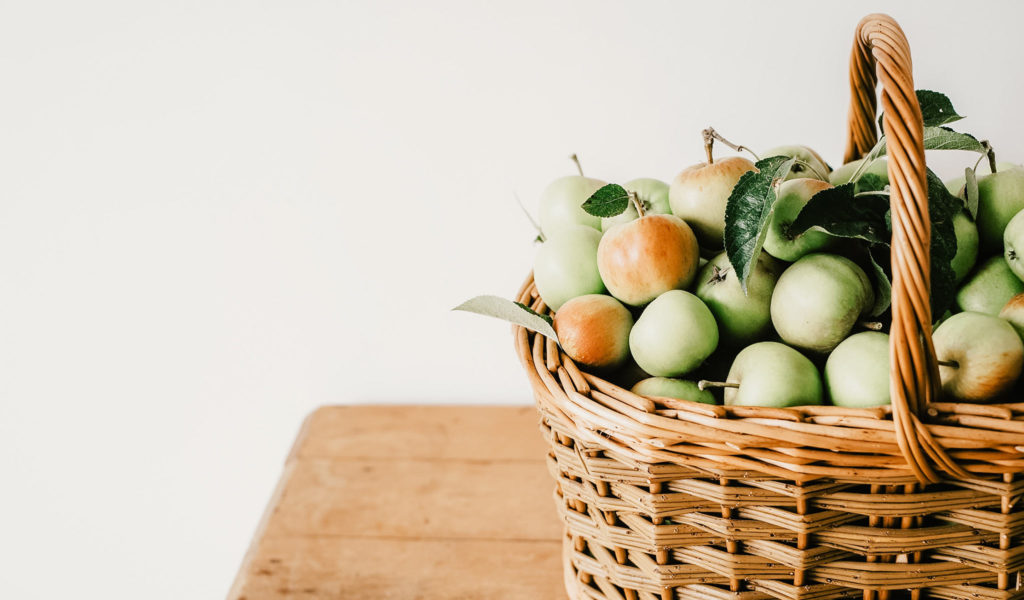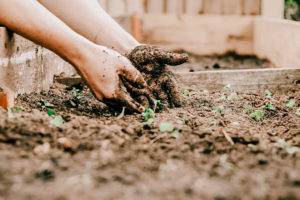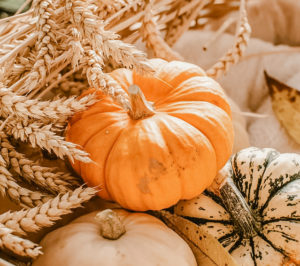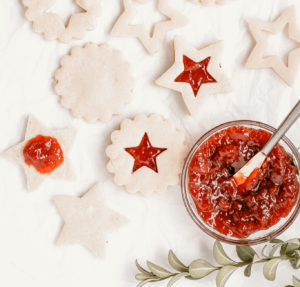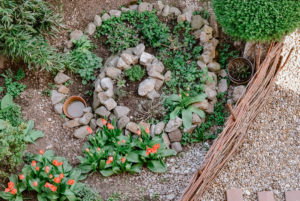Waste and unwanted materials can quickly become pollutants in the home, the garden, and the wider environment, and whilst this problem is exacerbated by the ubiquity of single-use packaging, we can work as individuals, communities, and businesses to reframe our relationship to waste or surplus materials.
When we take time to carefully consider our surplus, and what needs they might meet, we become equipped to work as part of the zero-waste movement, building healthier gardens, happier homes, and more resilient ecosystems in the process. As Bill Mollinson, the co-founder of permaculture was keen on telling his students, “You don’t have a snail problem! You have a duck deficiency!”
Fortunately, autumn and winter offer the perfect opportunity for this type of thinking. It encourages us to start slowing down after a productive summer, to take stock of the year’s produce, and to work out how we want to carry that produce into the next year. It’s also the best time of year for composting, as increased moisture and cooler temperatures really get that pile working!
Here then, we look at how zero-waste gardeners can begin to take waste and surplus materials and make them work more effectively within your own little eco systems.
What do we have in abundance?
Given that our pumpkins are often bought, left to wilt carved or uncarved, and then discarded to release methane in landfill, they currently don’t fit into your zero-waste lifestyle. The pumpkin is barely used, let alone reused. The food and seeds they contain are left to decay, and then they break down to discharge gases into the air which accelerate climate change.
In order to reduce these risks, we need to think more closely about the life cycle of pumpkins as a product, and work to integrate pumpkin growth, use and disposal into closed-loop systems.
In the case of our pumpkin problem, we need to think about how we can grow our pumpkins using waste, and how we can then use the grown pumpkins to meet other needs in our local communities, ecologies, and businesses. Here we look at number of ways that the pumpkin loop can be closed, at home, in your neighbourhood, and even in collaboration with local authorities!
Zero-Waste Gardening in the Community
The conservation and reuse of materials are as vital to zero-waste gardening as they are to any zero-waste initiative. Excitingly for us, there are many opportunities for us to conserve and reuse materials in ways which are rewarding, therapeutic, educational, valuable to the local economy, and most importantly, delicious.
Making jams, marmalades and preserves is a wonderful way to spend long rainy afternoons. Blackberries, damsons, plums, and cranberries for Christmas can all be stewed and stored, preventing autumn harvest waste. This is also a great way to reuse glass jars, provided that they are well sterilized.
Saving and planting seeds is also a valuable exercise. For example, pumpkin seeds can be washed, dried and stored in an envelope for planting between April and June. Equally, apple seeds can be planted in autumn. Whilst it’s unlikely that they’ll grow into fruit-bearing trees, they are fantastic long term investments for your garden. As they grow, these “surplus products” can contribute to carbon sequestration, attract pollinators to the garden, and even help to cool urban spaces.
Both of these autumn zero-waste gardening practices offer exceptional learning opportunities for your community. Either making preserves or utilizing seeds can be interesting yet easy activities to run in schools. They offer children the chance to learn more about where our food comes from, and how to utilize “waste” from the natural world around us.
They can even make jams or seed packs to sell to the local community. This provides the added benefits of teaching the children about food sovereignty, and how waste becomes valuable when kept moving around the local community and economy.
Zero-waste projects for your own garden
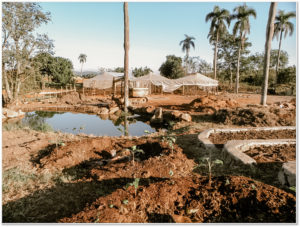
Source: treeyopermacultureedu.com
Banana circle…or pea powerhouse
Banana circles are found across the tropics and are an excellent way of using a small amount of space for several purposes. They can provide a variety of foods, enrich the soil, filter greywater, serve as a sink for excess rainwater, and are ideal for using waste food, cardboard, and organic brown material to benefit your garden.
Banana circles consist of a dish-shaped dip in the ground, surrounded by a raised bank of soil. In this bank are planted a variety of plants and crops, often including bananas, papaya and sweet potato. These plants are powered by a compost pile in the middle, which can convert waste cardboard, food scraps and brown material into energy.
Whilst it might be overly optimistic to try growing bananas in much of the US, the same principle can easily be applied in familiar climates. The suggestion here is for a “pea-powerhouse”. The proposed powerhouse consists of the same dish (1 meter deep and 2 meters wide) surrounded by a bank planted with perpetual spinach, meteor peas and damson. The heat and rich soil created by the powerhouse help the plants to over-winter and provide a range of crops for your garden in quite a small space! If placed at a low point in the garden, the powerhouse can also serve to collect and sink excess rainwater.
They are great fun to build, and since the digging can keep you warm, a pea-powerhouse might help you stay outside for longer and enjoy the myriad colors of autumn!
Survival-kit herb spiral
For many of us, stews, dark beers, and red wine are vital for surviving the colder months. However, even when consumed responsibly, we can find ourselves left with a pile of glass bottles and metal tins. Whilst these materials can often be recycled, they can even more easily be repurposed in the garden. Herb spirals offer a beautiful and efficient solution for growing a variety of herbs in their preferred conditions, whilst using a small amount of space.
These spiraled mounds create a range of micro-climates. They have warm sunny faces to the south, and cooler faces to the north, with a suitably dry top for sage and rosemary, and a nice moist bottom for basil.
To function best, herb spirals like to be held in place by hard materials. Many people opt to support their spirals with bricks or stones. However, earth-filled bottles and tins are free, easily accessible, and mitigate the waste of transporting bricks into your home and the recycling out.
In the garden, in communities and in business, there are countless opportunities for us to support one another by repurposing the surplus we produce. By starting with the ground we stand on and live with, zero-waste gardening is an excellent way to demonstrate how we can reduce waste at all levels of society.
For more information on zero waste, subscribe to zerowaste.com today or speak to one of our TRUE advisors for advice on your specific requirements. Additionally, stay tuned to the blog for the very best insights on everything zero waste!

